Did you know which vegetable reigns supreme in popularity worldwide? It’s not grains or potatoes—it’s the tomato! Or rather, tomatoes: red, pink, yellow, brown, round, plum-shaped, conical, cherry-sized, and more.
Whether consumed fresh, frozen, or cooked, tomatoes are always delicious and highly nutritious. In home cooking, red and pink tomatoes are the most commonly used, and debates over which is better will likely never end, as it all comes down to personal taste and preparation methods.
For instance, pink tomatoes have a softer, sweeter flavor, earning them the nickname “delicacy” or “salad” tomatoes. Compared to red varieties, pink tomatoes and hybrids contain higher levels of vitamin C, dry matter, and natural antioxidants. Selenium, for example, supports a healthy immune system and brain function, while also offering protection against cancer, heart disease, and various infections.
However, due to their higher sugar content, pink tomatoes require more frequent watering, though care must be taken to avoid waterlogging around the roots. Pink varieties are less tolerant of drought and irregular watering, especially if left unwatered for several days during dry spells. In such cases, water should be reintroduced gradually in small amounts to prevent fruit cracking.
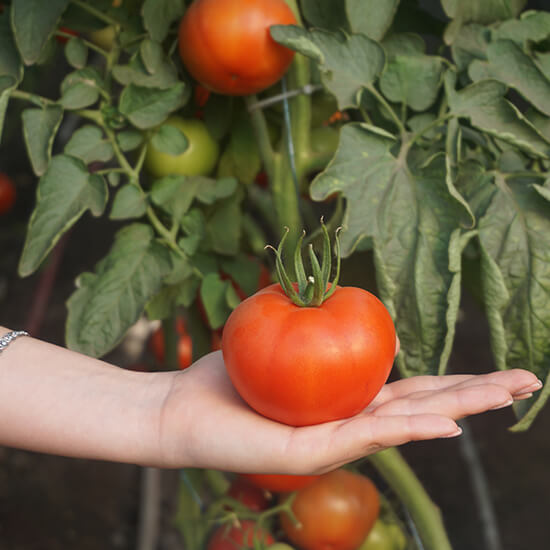
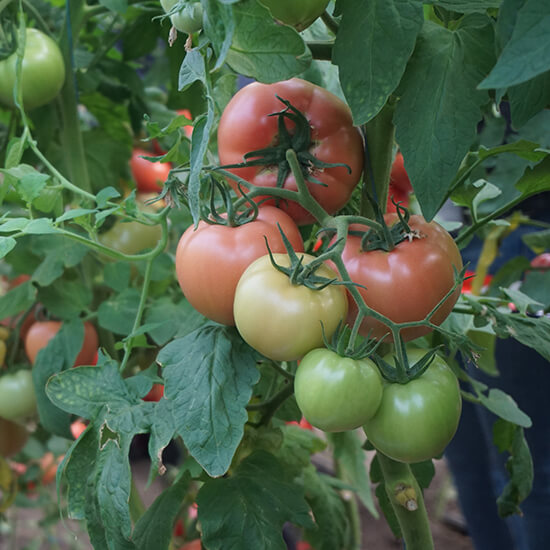
To grow large, juicy tomatoes, growers often regulate the number of fruit sets, leaving 3–4 fruits per cluster, and apply multiple feedings: the first at transplanting, the second before flowering, the third when fruit sets appear, and the fourth at the start of fruiting.
During flowering, fine misting with warm water and regular applications of organic fertilizers can enhance pollen formation. To achieve an earlier harvest, growers may use growth-stimulating products, which not only speed up ripening but also promote uniform fruit production.
A downside of pink tomatoes is their demanding care requirements, particularly their susceptibility to late blight (phytophthora), which must not be ignored. Preventive measures include sterilizing the soil (especially in greenhouses) before planting, regularly inspecting plants for disease symptoms, and taking immediate action at the first signs of trouble.
Fortunately, many new hybrids now offer resistance to major diseases, including late blight. For both red and pink tomatoes, depending on the plant type (determinate or indeterminate), growers should practice shaping, tying, pinching, and pruning the bushes.
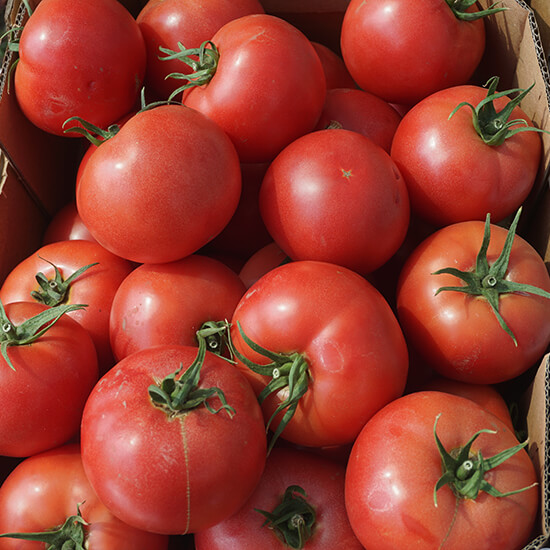
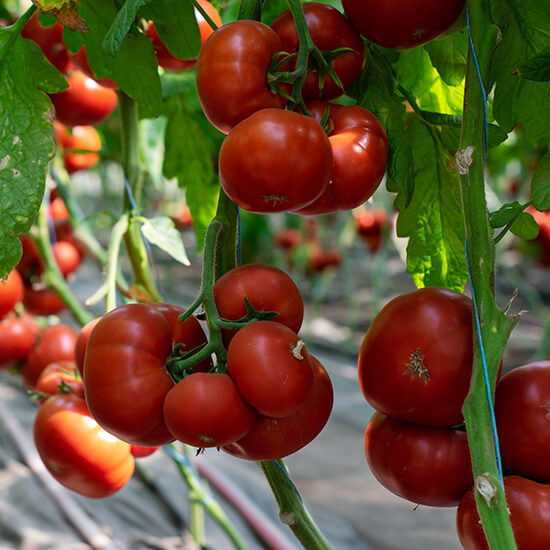
Red tomatoes have a distinct advantage over pink ones: they are rich in lycopene, a carotenoid compound far more potent than the beta-carotene found in carrots. When dissolved in fats (such as vegetable oil, sour cream, or cream), especially after heat processing, lycopene can combat cancer cells, protect against UV radiation and other harmful exposures, reduce the risk of cardiovascular diseases, and slow cellular aging. Red tomatoes also contain higher levels of iron, which supports red blood cell production and maintains healthy blood function.
In summary, pink and red tomatoes share many similarities. With the emergence of new hybrids resistant to diseases and environmental stresses, the drawbacks of each type are becoming less significant. Ultimately, the choice between them comes down to your personal taste!
If you have found a spelling error, please, notify us by selecting that text and pressing Ctrl+Enter.

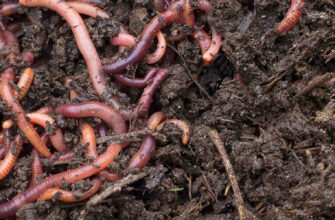


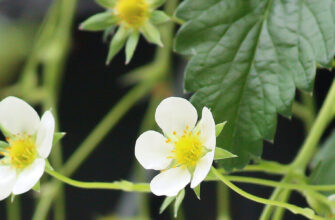
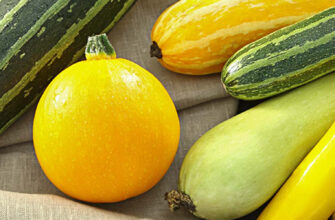
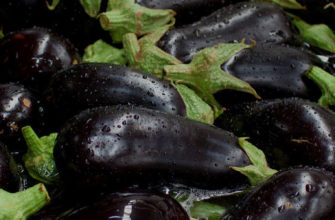
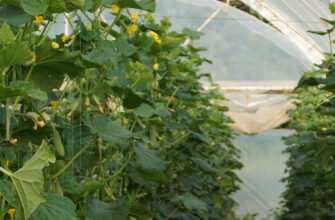
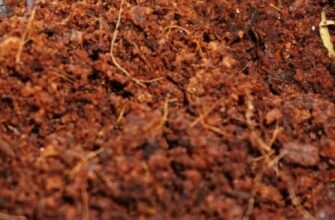
It’s a very interesting article. Thank you for your work. Write me, I’m looking forward to new articles.
Thank you for your positive feedback! Expect new articles on the site!